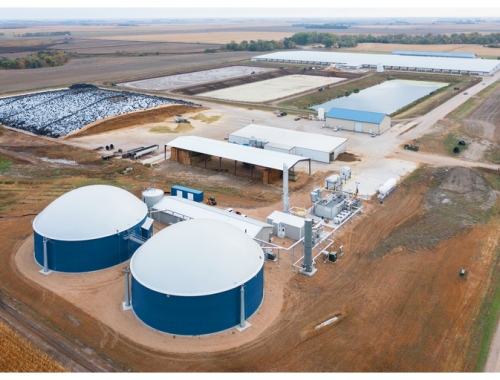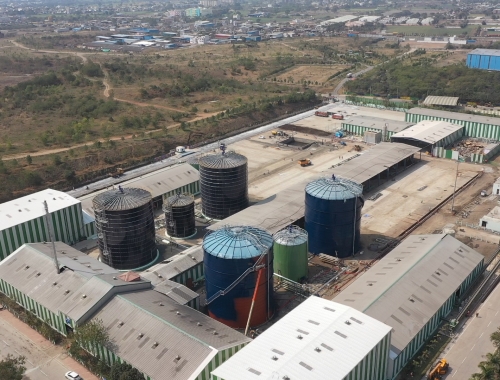Cutting gas from Ontario power system would hike costs, reduce reliability
SUMMARY
Residents could see power prices increase by as much as $3,300/year if gas is removed from power system.
By Dale LunanRemoving natural gas from the power generation mix in Ontario, Canada’s largest province, would increase consumer electricity costs by 60% and reduce the reliability of the grid, a new report released September 26 says.
The report, by Toronto’s LFX Associates, notes that natural gas contributes less than 10% of Ontario’s annual power supply, with the majority of its electricity coming from nuclear and hydro.
As a result, the electricity sector accounts for only about 2% of the province’s greenhouse gas (GHG) emissions. Eliminating gas from the grid would yield “no measurable benefits” to Ontario’s air quality or the global climate.
But taking gas out of the mix, according to estimates from the province’s Independent Electric System Operator (IESO), would lead to a 60% increase in the consumer cost of electricity and add “serious risk of blackouts.”
“To deal with blackout risk, electricity-intensive sectors will either need to vacate the province or invest in private generating equipment, such as diesel backup generators, which will generate emissions of their own,” the report notes.
Phasing natural gas out of Canada’s power generation mix is a lynchpin of the federal government’s plan to have a net zero power grid by 2035, a plan provinces like Alberta say would be impossible and likely unconstitutional.
“The federal electricity regulations will create a system that is massively unaffordable, dangerously unreliable and utterly unconstitutional,” Smith said September 28 in a briefing to media about a C$7.7mn national ad campaign Alberta is launching to make Canadians aware of the impacts of Ottawa’s proposed regulations. “Canadians need to know the facts about what is at stake here, and we’re ensuring that they will.”
Both Alberta and Saskatchewan rely on natural gas for upwards of 80% of their respective power generation, compared to the 28% of gas-fired generating capacity in Ontario’s system. Other provinces are equally reliant on hydrocarbons – either coal or oil – for at least some portion of their electricity requirements, and none of them can provide reliable electricity without adequate volumes of baseload power generated from natural gas or coal.
LFX modelled three scenarios for Ontario’s power future, the first of which is based on a replacement strategy released by the IESO in 2021 that removes gas from the mix, adds 6,000 MW of new storage capacity to ease intermittency from renewables and contemplates 3,600 MW of new power imports neighbouring Quebec, among other measures, The other two scenarios add costs associated with managing blackout risks and modifying the replacement plan in case Quebec is unable or unwilling to provide needed supplies.
“The simulations indicate large costs to the Ontario economy under all three scenarios, especially those involving risk of regular blackouts,” the LFX report says.
If gas is removed from the power system and Quebec can’t supply more imports, Ontario’s GDP would fall by up to 3.6% by 2030, at a cost of between 17,500 and 25,000 jobs. Household electricity costs would increase by between C$2,700 and C$3,300 annually by 2030, while the loss of GDP at the national level would be between C$6,000/tonne and C$7,200/tonne of GHG reduced, “at least an order of magnitude higher than the federal government’s estimate of the economic benefits of GHG emission reduction.”








